Leave Acne Behind in the Past.
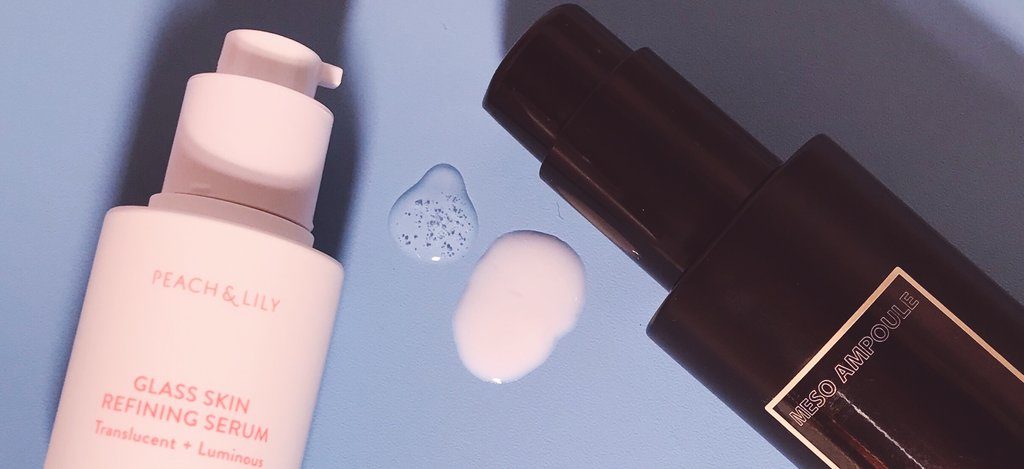
Acne. It always seems to pop up when you need it least, a bloom of breakouts in the dead center of your face when you have a big date or meeting or family gathering, or it’s your annoying constant companion. We empathize and feel your pain.
At a high level, acne can be the result of a few things: a compromised skin barrier, excess sebum production, and/or inflammation. All of those may sound like daunting causes, but they needn’t be! We’ve come up with 7 key things to think about when it comes to tackling acne and leaving it behind!
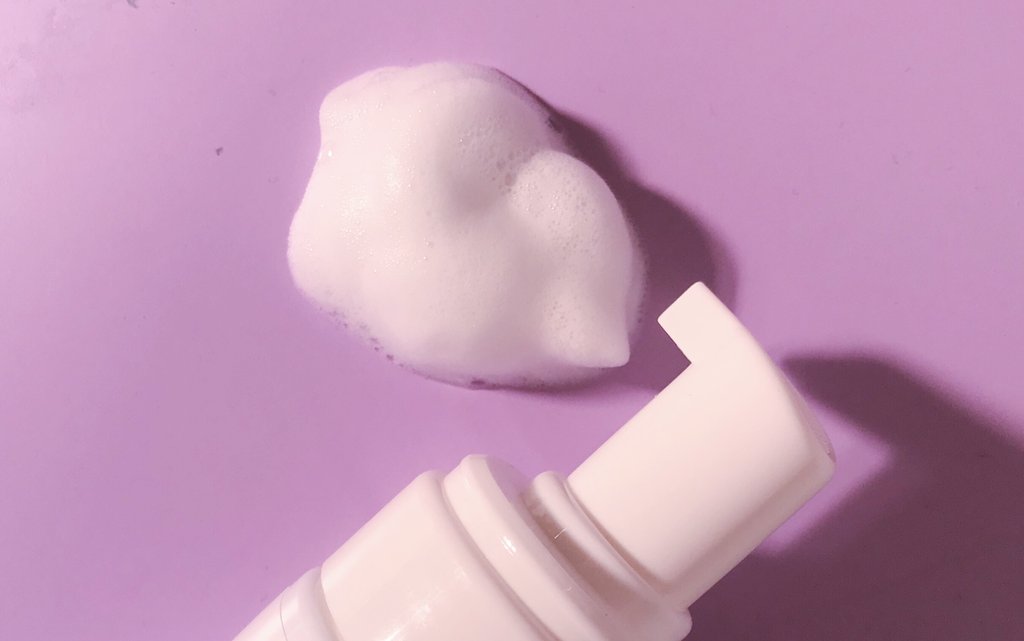
1. Cleanse Properly.
If you struggle with acne, we can’t stress the double cleansing technique enough — start with a gentle oil-based cleanser to melt away makeup, grime, and oil, then follow that with a water-based cleanser with a low pH level.
If you’re thinking it’s counterintuitive to apply oil to already acne-prone skin, rest assured that it’s not, and the reason is simple: oil attracts oil. An oil-based cleanser is better able to go into your pores and draw out excess oil and grime, which means your pores are able to “breathe,” clear of the gunk that contributes to acne. Not only that, but an oil-based cleanser gently dissolves away makeup, grime, and impurities, so you’re not tugging at skin and irritating it further.
Following up with a water-based cleanser thoroughly gets rid of any remaining makeup, grime, or excess oil, leaving you with clean, supple skin.
Recommended oil-based cleansers — we like oil cleansers that really remove even the toughest, waterproof makeup and don’t leave any residue behind. Our favorites are Aromatica’s Natural Coconut Cleansing Oil and Be the Skin’s Daily Complete Cleansing Oil, as both are gentle but effective and won’t strip your skin dry.
Recommended water-based cleansers — look for cleansers with a low pH level as they will help keep your skin balanced. We recommend The Pure Lotus’ Jeju Botanical pH Balancing Cleanser, Shangpree’s S-Energy Cleansing Gel, and Lagom’s Cellup Microfoam Cleanser.
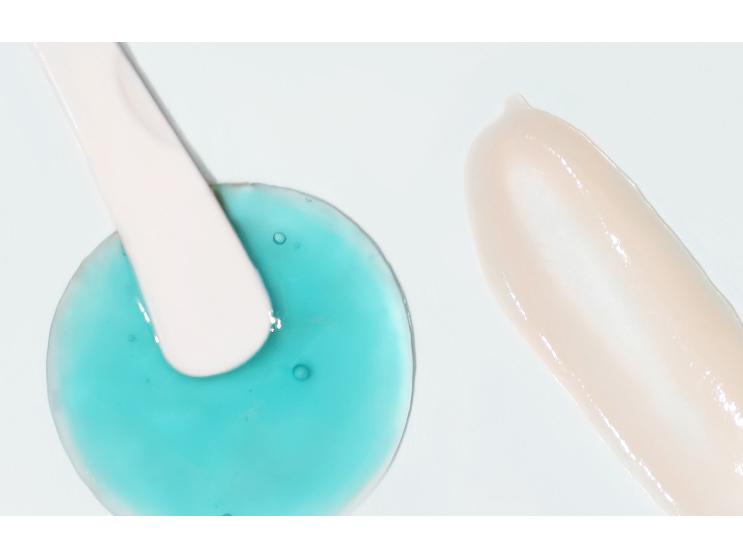
2. Exfoliate regularly.
One of the contributing causes of acne breakouts is the accumulation of dead skin cells on the surface of skin, blocking pores and trapping oil and bacteria. Exfoliating helps slough off those dead skin cells, so your pores can “breathe.”
There are two kinds of exfoliants: physical and chemical. Dermatologists don’t always recommend physical exfoliators for acne-prone skin, which are exfoliators like harsh scrubs, cloths, or other similar abrasive substance that physically clear the surface of skin — they can further irritate skin, and they really only work on the surface.
Chemical exfoliators are acids, and AHAs (alpha hydroxy acids) and BHAs (beta hydroxy acids) are the most commonly known, though PHAs (poly hydroxy acids) are starting to emerge as an acid group that works much like AHAs and are popular for being very gentle. AHAs are water-soluble, and they work by loosening dead skin cells by targeting the “glue” that’s keeping them in place. BHAs, an oil-soluble acid, go into your pores and pull out impurities. If you have acne-prone skin, you’ve probably used many products with BHAs in them because salicylic acid is the most common BHA!
We recommend that you exfoliate 1-2 times a week if you have acne-prone skin; keeping your skin clear of debris and opening up your pores can help keep breakouts under control — and remember: when using a product that contains AHAs, always, always, always remember to apply sunscreen! AHAs make your skin more photosensitive, which means skin is more likely to burn, so please don’t forget to apply your favorite sunscreen as the last step in your morning routine and continue reapplying throughout the day!
Recommended exfoliators — look for a combination of AHAs and BHAs. Our Super Reboot Resurfacing Mask contains 10% AHA (glycolic acid) and 0.5% BHA (salicylic acid), as well as blue agave and other calming ingredients to encourage cell turnover and clear dead skin cells, while being gentle enough for sensitive skin. Femmue’s Gentle Green Relief Mask is a kaolin clay mask that’s balanced with glycerin and olive oil, so it’ll draw impurities out of your pores without drying out your skin. It also contains tea tree oil, which is great for acne-prone skin, and green tea leaves, so you’ll get the gentlest physical exfoliation as you wash the mask off your skin.
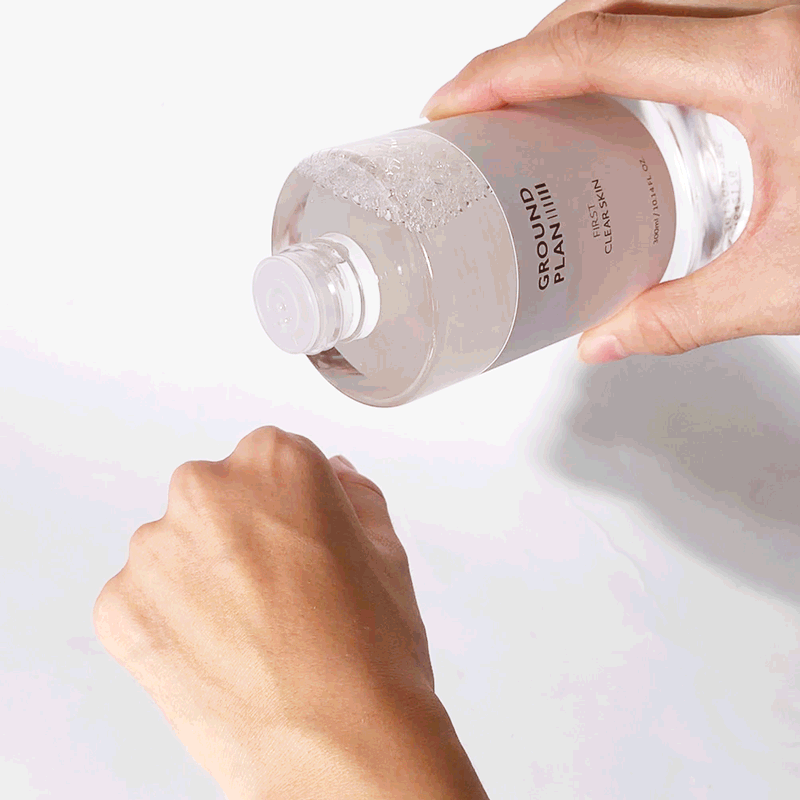
3. Hydrate, hydrate, hydrate.
One of the common misconceptions to dealing with acne-prone skin is that you should be taking products away and minimizing your skincare routine. Acne-prone skin (and oily skin) is just as susceptible to dehydration as any other skin type, and it is just as important to layer hydration and lock it in. When your skin is dehydrated, it overcompensates by triggering more sebum production, which can result in even oilier skin and, possibly, more breakouts.
Also, importantly, dehydrated skin can trigger an inflammatory response, which, in turn, can trigger more sebum production and a slower cell turnover process. That chain of triggered responses — more oil and less exfoliation — can lead to clogged pores that turn into breakouts. Keeping skin hydrated can help keep that inflammation domino effect at bay, helping to prevent breakouts.
One of the techniques to achieve hydrated skin is through layering! Don’t skip any steps in your routine, and look for products that contain humectants like hyaluronic acid and glycerin. Another technique is to supplement your routine with a well-formulated serum or oil that will sink into your skin to help hydrate and lock that moisture in. Squalane oil, particularly, is beneficial for acne-prone skin because squalane oil is lightweight, absorbs quickly without leaving a greasy film, and really hydrates skin, holding that moisture in by creating an oil barrier that helps keep water in your skin.
Recommended hydrators — we like starting with a hydrating toner that also balances the pH level in our skin, like Ground Plan’s First Clear Skin or our Good Acids Pore Toner, and we follow our toners with an essence to flood our skin with hydration. We particularly like Mizon’s Snail Repair Intensive Essence and May Coop’s Raw Sauce for their abilities to hydrate, balance, and soothe skin!
For serums, we like Miwaji’s Hyalu Serum Veil or Be the Skin’s Botanical Pore Serum, and, for an oil, we can’t recommend Olivarrier’s Fluid Oil Squalane enough. Then, of course, you should seal all that hydration in with a moisturizer; one of our recent favorites is Shangpree’s SOS Balancing Gel Cream, which moisturizes while soothing irritated skin and helping to revitalize your natural skin barrier.
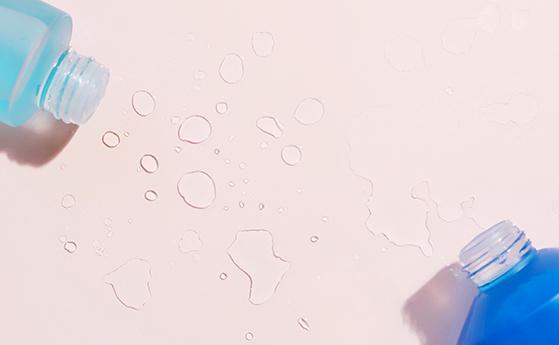
4. Regulate Sebum Production.
Excess sebum production can lead to more breakouts, so regulating sebum production and stopping it from going into overdrive are crucial to making acne go away. One of the keys to regulating sebum production is to hydrate your skin, which is why we stress it so much — like we said earlier, even acne-prone and oily skin can get dehydrated, which increases sebum production because your skin wants to compensate for its dryness.
Another way to regulate sebum production is actually by using oils. Jojoba oil, particularly, is great for acne-prone skin because jojoba oil (which, fun fact, is actually a wax!) mimics our own natural oils. That means it absorbs quickly and, even better, that it can signal our skin to balance itself — in other words, jojoba oil can tell our skin to stop producing so much excess sebum and to regulate sebum production.
Recommended products — Be the Skin’s Botanical Pore line, which includes a toner, a serum, and a cream, is great for regulating sebum production because it’s packed with beneficial botanical extracts like ginger extract, summer lilac extract, and brown algae extract that have potent antibacterial and antioxidative properties. Our Pure Beam Luxe Oil is packed with beneficial oils, including squalane, jojoba, and sea buckthorn oils, to sink into skin and help regulate sebum production.
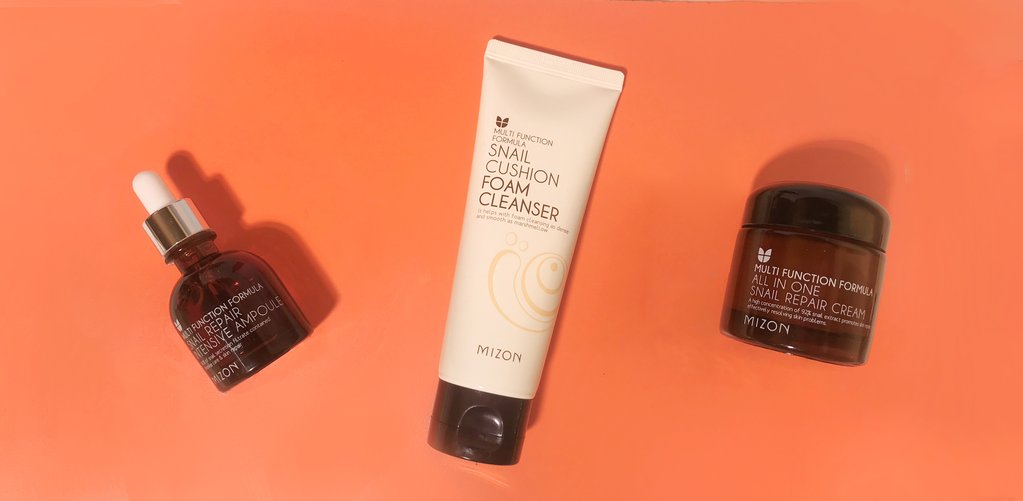
5. Keep bacteria at bay.
Clogged, oil-laden pores are happy places where bad bacteria thrive because there is no oxygen. It’s one reason it’s so crucial to exfoliate and make sure your pores are clear, sloughing away dead skin cells that block pores and create bacteria-friendly environments that can lead to more acne. We also recommend looking for products with ingredients that have antibacterial properties that will help fight bad, acne-causing bacteria and maintain a healthy microbiome of good bacteria on your skin.
Recommended antibacterial products — snail extract is known to have really potent antibacterial properties, and, luckily, Mizon has a whole line of stellar products that focus on snail extract. We particularly recommend the All-in-One Snail Cream and the Snail Repair Intensive Essence to help not only with acne control but also with soothing, brightening, and calming skin.
6. Manage acne when it happens.
Acne happens! Unfortunately, there’s nothing that can guarantee a 100% eradication of acne, and, sometimes, everything in life — stress, busy lifestyles, harsh environs — comes together to make your skin break out. That’s okay! There are ways to manage active breakouts quickly and effectively, so you don’t have to stress out about them.
Whatever you do, don’t pick at or pop your breakouts! We know it can be very tempting (we have to fight hard to resist, too!), but picking at your breakouts can invite infection, delay healing, and cause scarring.
Recommended acne products — our Acne Spot Dots have been highly reviewed since we launched them! They contain no salicylic acid or benzoyl peroxide but, rather, work by creating a moist, protective environment that pulls oil to the surface and flattens acne. We recommend that you use them when you have a pimple that’s almost primed for popping — the Spot Dot will work its magic most effectively then, and you won’t be tempted to pop it or pick at it!
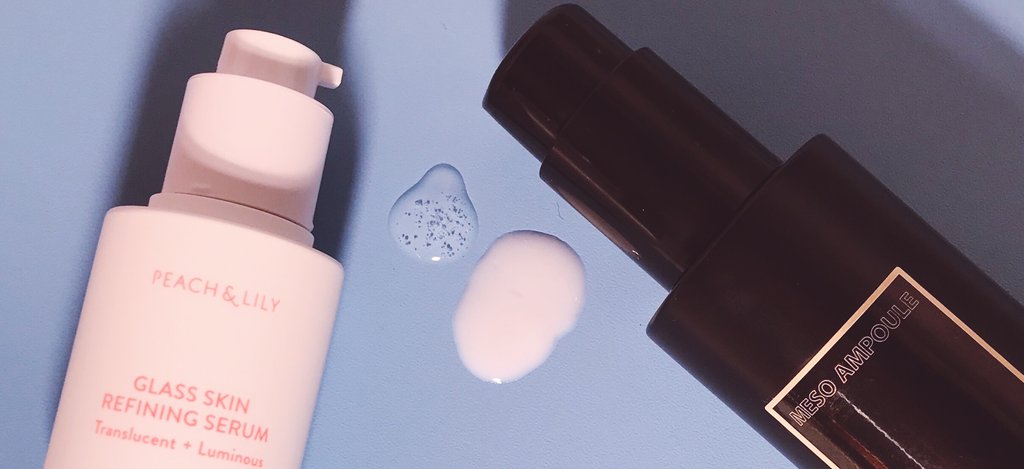
7. Prevent acne scarring and other residual effects.
Acne care doesn’t just stop when the acne goes away; you have to continue caring for skin to prevent scarring and hyperpigmentation and to limit acne from coming back as much as possible. One of the best ways to reduce acne scarring is to use ingredients that are known to help brighten skin, like niacinamide, vitamin C, or arbutin.
We also recommend oils to help prevent scarring or help diminish the appearance of already existing scars! Rosehip oil, in particular, is fantastic — it contains vitamin C, which is known to help brighten skin and fade hyperpigmentation, and it is also high in linoleic acid and low in oleic acid. That helps balance out the surface of acne-prone skin, which tends to be high in oleic acid and low in linoleic acid, affecting the texture of sebum and making it thicker.
A higher level of linoleic acid helps soften the texture of sebum, making it more flexible, and that, in turn, helps control acne and prevent future breakouts, which gets to the second part of continual acne care — to limit acne from coming back as much as possible. One of the ways to do so is to maintain a healthy skin barrier by hydrating, nourishing, and maintaining balance. A healthy skin barrier is key to keeping inflammation, redness, and sensitivity at bay, as well as regulating sebum production and staying hydrated.
Recommended preventative products — you want ingredients that will help nourish, hydrate, and balance your skin while also protecting your natural skin barrier, so look for ingredients that deliver tons of key nutrients like fatty acids, vitamins, and minerals. Our Glass Skin Refining Serum was formulated to do just that, with peach extract, antioxidants, madecassoside, and other beneficial, powerful ingredients that will help restore, soothe, and brighten skin. We also recommend Eco Your Skin’s Meso Ampoule, which includes these little micro-sponges that “prick” skin, triggering a healing response that helps encourage cell turnover and regeneration to combat scarring and hyperpigmentation.
When it comes to oils, we recommend that you look for cold-pressed, pure oils, like Aromatica’s Organic Rose Hip Oil. There are different methods to extract oils from seeds and nuts, and we love the cold-pressed method when it comes to topical application to skin. When an oil is cold-pressed, the nuts or seeds are basically crushed, forcing the oils out. No heat is added, and the oil isn’t processed or refined, so the oil retains all its natural flavor, aroma, and quality.
—
We hope these steps help you leave acne behind! If you have any other questions about acne or other skin concerns, leave them in the comments below, and we’ll answer them as we receive them!

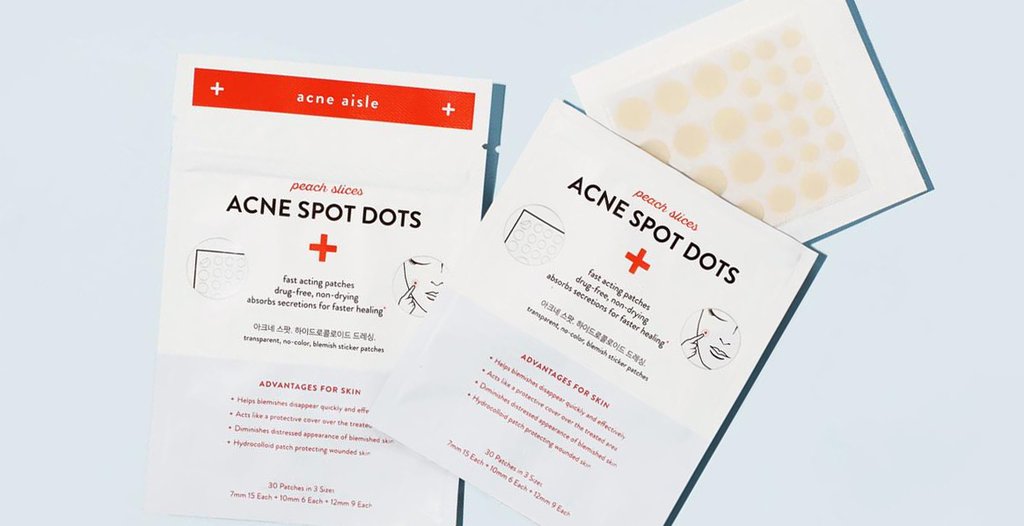
Comments